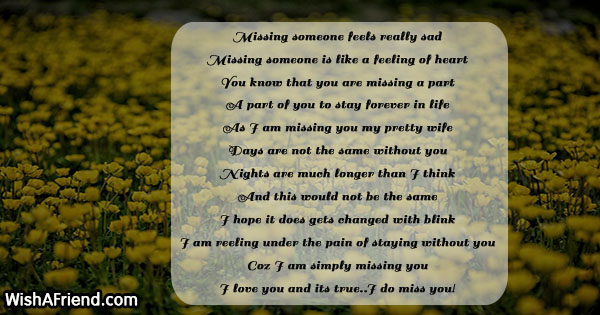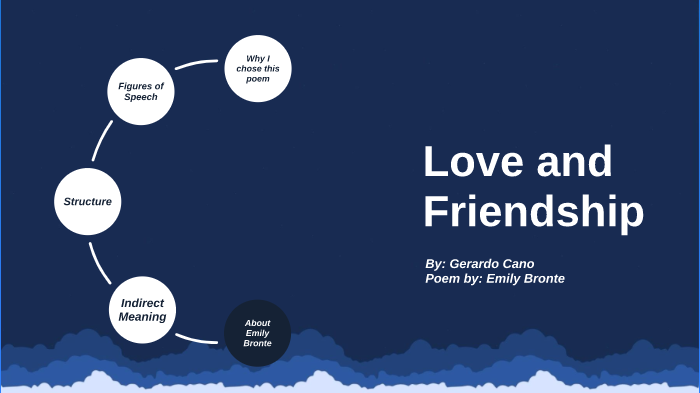
Her comparison of friendship with the tree may be interpreted to mean that when romance is underway, a friendship or companionship easily gives way to love, which controls one’s emotions and feelings. As well, love, like a rose, can occasion pain. Love, like a rose, is certainly beautiful. The overall message in the poem can be interpreted in diverse ways. Even though she appeared to be avoiding love, the materials, including “Love and Friendship”, give the notion that she enjoyed examining the subject of love. Rather than socializing, she preferred spending her days writing, especially materials focusing on love. At 30, she was commonly perceived as an old, or ageing, maid.

She remained single until she passed away at 30. She neither befriended male friends nor got married. She really adored her mastiff christened Keeper. Commonly, she found more joy from tending to animals and keeping their company than from socializing with people. Even then, she lacked social relations with persons who were not members of her family. In real life, she tended to keep away from other persons. The attitude that Brontë had towards love is rather clear in the poem. In most communities, the tree is taken as symbolizing peace. Brontë as well compares the holly tree with friendship. Characteristically, rose-briar symbolizes obsession or passion.

Overall, in the poem, Emily Brontë, compares love with undomesticated rose-briar, showing her mastery of the usage of similes along with metaphors (Kennedy and Gioia 768-7690). As well, the first line rhymes with the third line. In the concluding stanza, the second line rhymes with the fourth one. In the second stanza, the second line rhymes with the fourth one.

In the foremost stanza, the second line rhymes with the fourth one. The poem titled “Love and Friendship” has three stanzas and 12 lines.


 0 kommentar(er)
0 kommentar(er)
